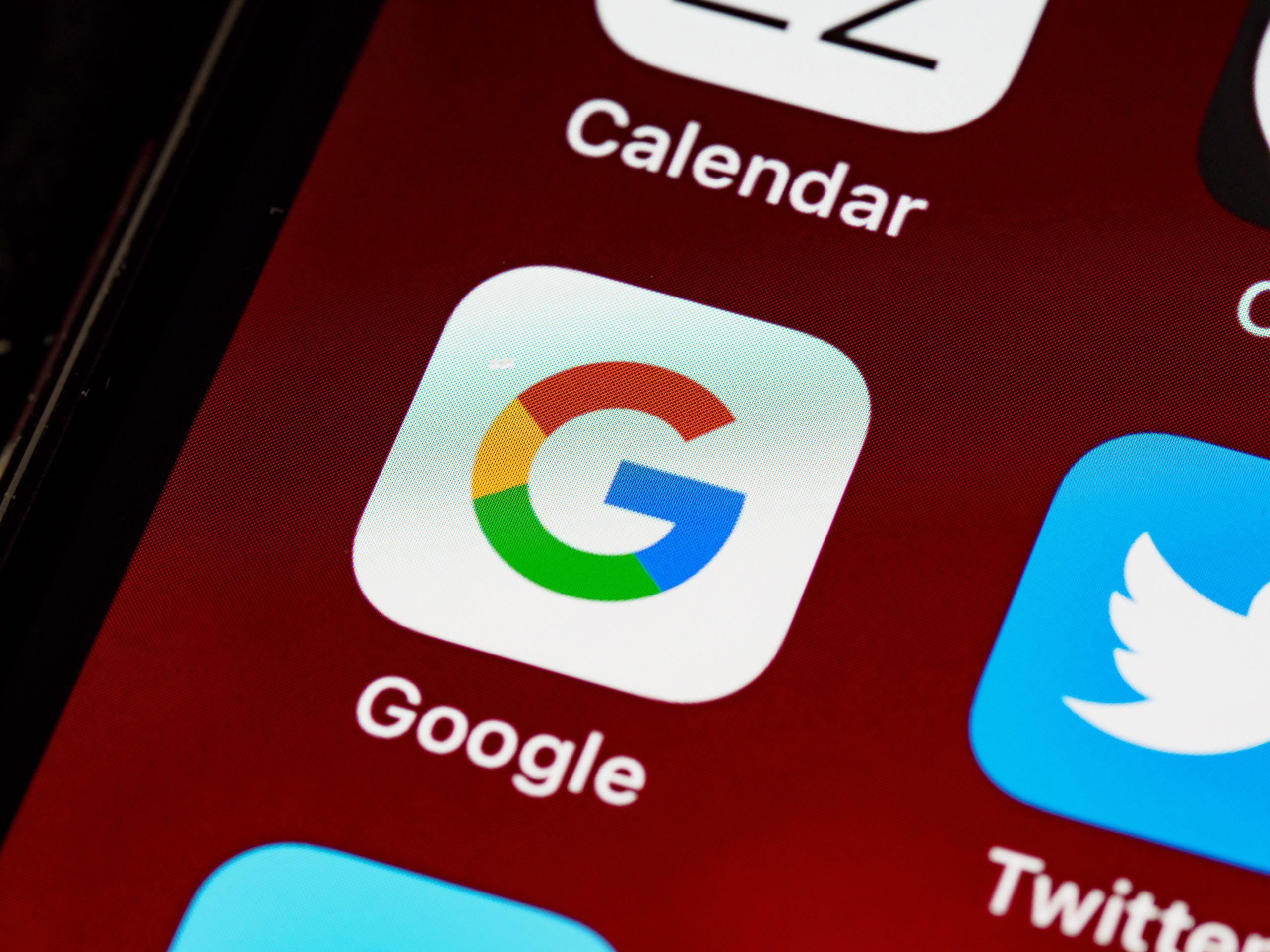Google’s advertising business has come roaring back. In 2020, Google found itself to be in the unusual position of seeing a downturn in its advertising revenue for the first time in 29 years. That’s because a pullback in ad spending among Google’s clients, many of whom come from a travel/hospitality industry ravaged by the COVID-19 pandemic, hurt Google even as ad competitors Amazon and Facebook were reaping a windfall. But Google’s recent financial results show that the downturn was temporary, and Google will continue to exert an enormous influence on the advertising world.
Recently, Google’s parent firm Alphabet announced quarterly earnings that exceeded investors’ expectations. Although the growth of Google’s cloud computing business had a lot to do with Alphabet’s success, the rebound of Google advertising played a big role, too. Google’s advertising revenue rose to $44.68 billion for the first quarter of 2021, up from $33.76 billion the year before, prompting CNBC to note that the ad revenue spike was the fastest annualized growth rate in at least four years. So, what can we conclude form the turnaround?:
- Google is benefitting from the popularity of video. YouTube earned $6 billion in revenue for the quarter, increasing 49 percent from a year earlier. Earlier in 2021, we predicted a surge in online video consumption, a reality that has been borne out during the pandemic. To be sure, online video is much bigger than YouTube, as the success of TikTok demonstrates. But as Google reported later in 2020, during the pandemic, people were turning to video more as a learning tool when in-person learning options were shut down, which benefits YouTube given the amount of instructional content that exists there. The only question that remains now is whether the popularity of online video, and, by extension, YouTube, will remain as strong in a post-pandemic world.
- Google’s Knowledge Graph is becoming more powerful. The Google Knowledge Graph consists of all the sources of information that Google draws upon to provide search results to queries. It’s a wonky concept that people in the search engine optimization (SEO) industry follow closely. But the Knowledge Graph applies to advertising, too. When Google provides answers to searches such as “Where can I find a plumber near me?” or “Where can I find Anime T shirts?” Google draws upon sources such as Google Maps, Snippets, and a company’s Google My Business (GMB) listings (among other sources) to share information about relevant businesses. Well, guess what? Google is doing such an effective job tapping into its Knowledge Graph to serve up answers on search engine results pages (SERPs) that people are finding answers to what they need on Google without needing to click anywhere else. More eyeballs on Google SERPs means that Google can deliver a larger audience to advertisers through Google Search. As Google becomes an even stronger all-purpose search tool (hard to believe given Google’s dominance in search already), the company becomes even more valuable to advertisers.
- Google is creating its own future. As widely reported, Google has intensified its war against third-party cookies that are essential for businesses to deliver ads based on a person’s browsing behavior across the web. As Google forces the demise of third-party cookies, advertisers will need to tap into businesses that possesses first-party data (such as Amazon) in order to continue to deliver effective personalized ads. And as it turns out, Google is sitting on a lot of first-party data through that Knowledge Graph I mentioned. When people use Google Maps, YouTube, and other Google properties, they give Google a ton of information about their search and purchase habits, which Google uses to create better ad products. According to Brendan Eich, cofounder and CEO of the privacy-focused browser company Brave, “The reality is that Google already has first-party access to nearly every site—via Google Analytics, ad words, Google Tag Manager, Google Maps, etc.—and that its users are being data mined for profit.”
All of this is not to say that businesses need to dial up their advertising on Google. We’ve always recommended that advertisers go where their audience is, period. At the same time, Google has demonstrated the wisdom of businesses taking the long view with their advertising. The Big Tech ad platforms – Amazon, Facebook, Google, and Microsoft – have carved out a powerful space in the advertising world. Those companies are all big targets for critics, which has resulted in antitrust action and negative PR. But the negative PR can lead a business around by the nose, too, resulting in short-sighted thinking. The ad giants are not going away. If they’re important to your business – and I suspect they are if you’ve read this far into my post – don’t pump on the brakes in 2021.
Contact True Interactive
To succeed with online advertising, contact True Interactive. Read about some of our client work here.
Photo by Brett Jordan on Unsplash
